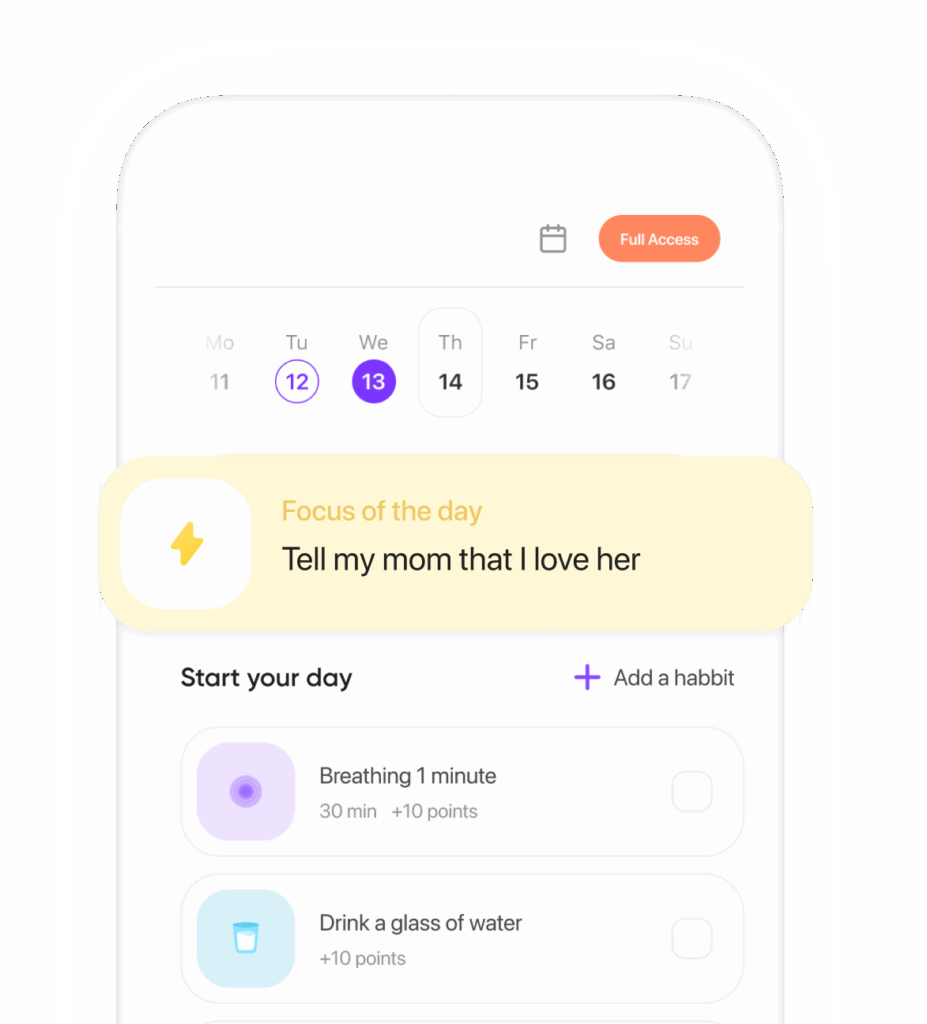Table of Contents
- Understanding ADHD and Its Impact on Focus
- Identifying Core Focus Challenges
- Science-Backed Focus Techniques
- Leveraging Lifestyle Changes
- Implementing These Techniques
- Looking Ahead
Understanding ADHD and Its Impact on Focus
Let’s lay out the facts. Back in 2006, a study found that about 4.4% of adults in the U.S. were dealing with ADHD—symptoms often going back to childhood (Kessler et al.). The disorder isn’t just a forgetful moment or a restless foot. It’s a relentless battle with attention, hyperactivity, and impulsive actions, lingering into adulthood like an unwelcome guest. This can wreak havoc on both personal and professional fronts, shoving productivity right off the rails.
Identifying Core Focus Challenges
For individuals with ADHD, tackling tasks isn’t merely about getting things done—it’s a tussle with executive functions, the brain’s GPS for goal-directed actions. Let’s spotlight a few major hurdles:
- Sustaining attention: Imagine trying to read a book but the words refuse to stay still. Monotony is the enemy.
- Impulse control: Distractions? They’re everywhere, pulling focus from task to task like a relentless ping-pong game.
- Time management: Estimating task duration can be like aiming for a bullseye blindfolded, leading to plans falling through and deadlines whooshing by.
Science-Backed Focus Techniques
1. The Pomodoro Technique
Prominent in the time management sphere, the Pomodoro Technique breaks work into short, 25-minute bursts, dubbed “Pomodoros,” with a 5-minute breather in-between. Studies nod in agreement: regular pauses can stave off mental drain and amp up focus (Piran et al., 2020). For someone wrestling with ADHD, a visual cue like a timer could well be a supportive ally.
2. Mindfulness and Meditation
Mindfulness isn’t just a buzzword—it’s a lifesaver. A bit of focused breathing or meditation can sweep away mental cobwebs. In 2018, findings highlighted that such practices greatly enhance executive function and focus in adults with ADHD (Zylowska et al., 2008). Embracing these quiet moments may just keep the mind steady and clear.
3. Environmental Adjustment
Setting a stage free of distractions can be transformative.
- Decluttering: A clean workspace isn’t just visually appealing; it’s a focus booster.
- Noise control: Silence is golden—or sometimes just a good pair of noise-canceling headphones can do the trick.
4. Task Prioritization and Chunking
Categorizing tasks isn’t a one-size-fits-all approach. The Eisenhower Box divides tasks by urgency and importance, helping untangle the web of to-dos into manageable threads. Breaking tasks into bite-sized pieces? It can make even the most mountainous projects seem like mere molehills (Kendall et al., 2010).
5. Cognitive Behavioral Strategies
Cognitive Behavioral Therapy (CBT) aims to flip the script. By identifying negative thought patterns surrounding productivity, individuals can swap them out for constructive pathways, paving the way for better initiation and completion of tasks (Safren et al., 2005).
6. Digital and Physical Tools
- Apps and Tools: With a plethora of options like Todoist, Asana, and RescueTime, digital tools can organize tasks and monitor productivity.
- Physical planners: For the tactile-savvy, a planner with distinct sections for tasks can serve as a reliable road map for the day.
Leveraging Lifestyle Changes
1. Regular Physical Activity
Exercise isn’t just about physical health; it fine-tunes the mind’s focus. According to a study, regular aerobic exercise makes a notable difference in attention and impulsivity for those with ADHD (Pontifex et al., 2013). Activities like yoga or cycling might be the perfect mental tune-up.
2. Balanced Nutrition
Eating well isn’t just about filling the belly—it’s about nurturing the brain. Foods rich in omega-3s, lean proteins, and complex carbs are champions for mental health. Steering clear of sugar spikes is crucial for maintaining steady energy levels (Stevens et al., 2003).
3. Adequate Sleep
Getting enough sleep? Absolutely crucial. It’s no secret that without rest, focus drifts. Those with ADHD often note sleep disturbances, worsening attention deficits. A consistent sleep schedule can be a game-changer (Corkum et al., 1998).
Implementing These Techniques
Incorporating these strategies is no walk in the park. It calls for persistence and the capacity to adapt. Trying just one or two techniques at a time allows for gradual integration. There’s no one-size-fits-all here; personalization? That’s the key.
Looking Ahead
Boosting productivity amidst the whirlwind of ADHD requires a blend of focus techniques, lifestyle shifts, and savvy use of tools. By unpacking the challenges and embracing these scientifically supported strategies, individuals can enhance their focus and productivity, carving a path toward a more rewarding life both at home and in their careers.
Begin your transformation today, see the results for yourself, and maybe even share your successes for others to draw inspiration.
Ready to transform your life? Install now ↴
Join 1.5M+ people using AI-powered app for better mental health, habits, and happiness. 90% of users report positive changes in 2 weeks.
